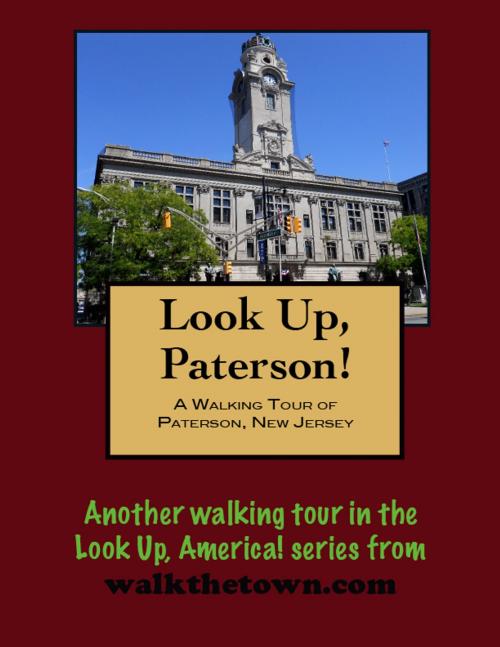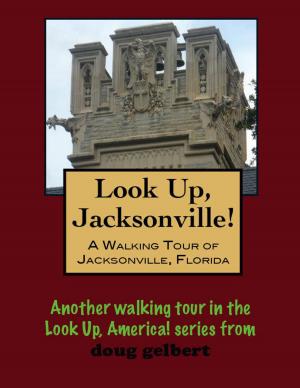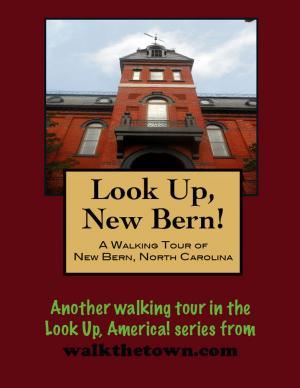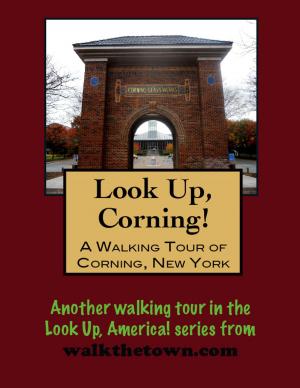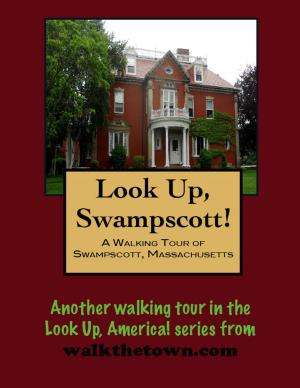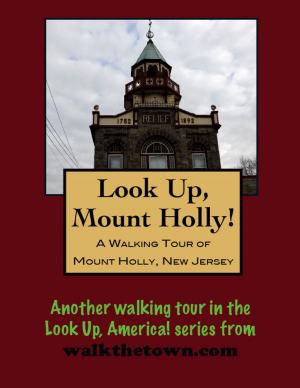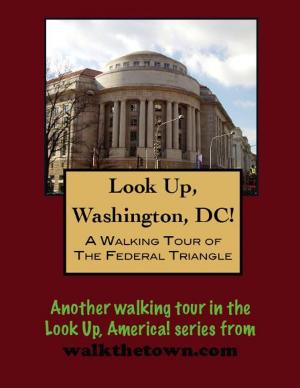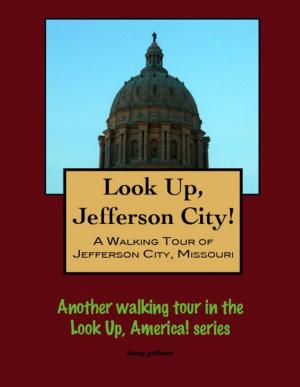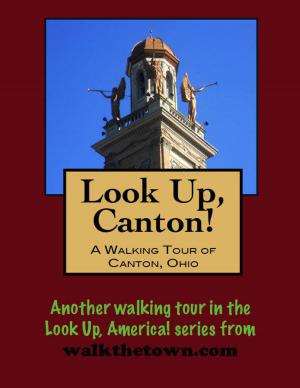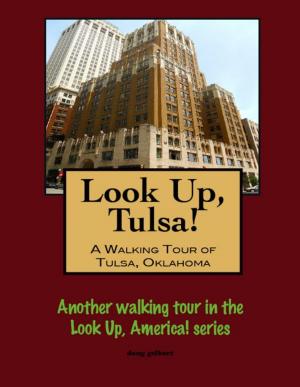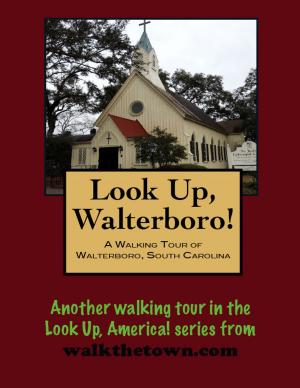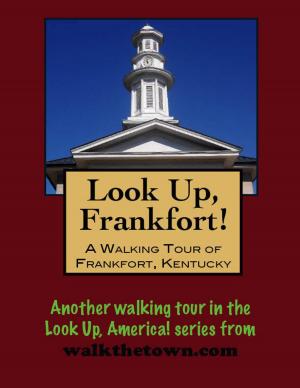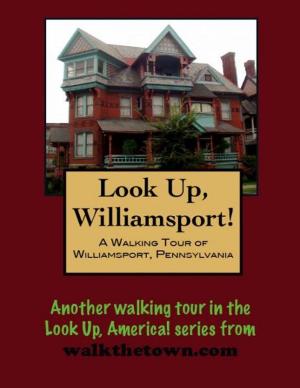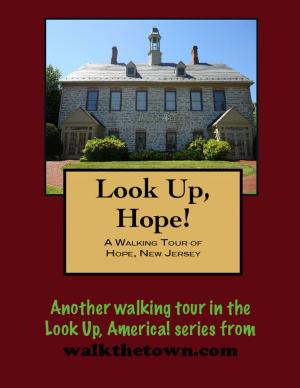| Author: | Doug Gelbert | ISBN: | 9781458065124 |
| Publisher: | Doug Gelbert | Publication: | March 3, 2011 |
| Imprint: | Smashwords Edition | Language: | English |
| Author: | Doug Gelbert |
| ISBN: | 9781458065124 |
| Publisher: | Doug Gelbert |
| Publication: | March 3, 2011 |
| Imprint: | Smashwords Edition |
| Language: | English |
There is no better way to see America than on foot. And there is no better way to appreciate what you are looking at than with a walking tour. This walking tour of Paterson, New Jersey is ready to explore when you are. Each walking tour describes historical, architectural landmarks, cultural sites and ecclesiastic touchstones and provides step-by-step directions.
Every tour also includes a quick primer on identifying architectural styles seen on American streets.
As the first Secretary of the Treasury under President George Washington Alexander Hamilton knew that industry held the key to the nation’s future prosperity. And he knew just where to get young America’s future started - on the Passaic River that was rushing restlessly through a rocky gorge and down a 70-foot cataract. He lobbied for the creation of the Society for Establishing Useful Manufactures (S.U.M) and the New Jersey legislature voted the company perpetual exemption from county and township taxes to encourage the building of canals and mills. On November 22, 1791 Governor William Paterson signed the company charter and after investigating proposals from sites in New York, New Jersey and Pennsylvania a siting engineer declared the Passaic falls offered “the best situation in the world.” A grand new industrial city was ready for take-off. At the time, 1792, there were about ten houses in the area.
A French Army engineer, Major Pierre Charles L’Enfant was retained to create this new industrial vision and he sketched detailed plans of broad boulevards and busy canals but he soon left and went south where his plans would take hold in another new city that would take the name of a certain first President of the United States. Peter Colt, who was treasurer of the State of Connecticut, took over S.U.M. and his energies started the first mills turning in Paterson (Hamilton demurred when it was suggested the new town be named after him).
Colt’s steady hand was critical to the young development of the young town and the family that followed him would shape its future. Son Roswell L. Colt became the head of S.U.M in 1814 and controlled its fortunes until he died in 1856. His brother John got into the cotton business in 1814 in Paterson and in the 1820s began making cotton duck for sailing ships by doubling and twisting cotton yarn. He was the first in the world to successfully substitute cotton for flax in the making of sail duck and it was soon in use on all American vessels. Samuel Colt came from Hartford to manufacture pistols in the 1830s. He did not succeed and would have to return home to make the six-shooter “that tamed the West” Christopher Colt would use his old factory to create the first silk in Paterson. That did better, so much so that after John Ryle arrived from England to helm the looms Paterson transformed into the “Silk City.”
Alexander Hamilton’s vision of a great industrial beehive would, in fact, come true and Paterson would become the third largest city in New Jersey. Of course, old industrial cities have not fared well in recent years. But the urban renewal bug that infested many similar cities has never taken hold in Paterson. Many of the hulking red brick factories from the 1800s are still in place and the elaborate Beaux Arts and Art Deco buildings their wealth spawned are there too. Instead of being torn down the old buildings have been adapted by entrepreneurs looking to turn a buck so at street level the urban explorer sees a panoply of utilitarian downtown storefronts. To truly see the wonder of the streetscape it is literally necessary to “look up, Paterson” but our walking tour will begin by looking down, looking down at the wonder of the Great Falls of the Passaic River, just as Alexander Hamilton did 220-odd years ago...
There is no better way to see America than on foot. And there is no better way to appreciate what you are looking at than with a walking tour. This walking tour of Paterson, New Jersey is ready to explore when you are. Each walking tour describes historical, architectural landmarks, cultural sites and ecclesiastic touchstones and provides step-by-step directions.
Every tour also includes a quick primer on identifying architectural styles seen on American streets.
As the first Secretary of the Treasury under President George Washington Alexander Hamilton knew that industry held the key to the nation’s future prosperity. And he knew just where to get young America’s future started - on the Passaic River that was rushing restlessly through a rocky gorge and down a 70-foot cataract. He lobbied for the creation of the Society for Establishing Useful Manufactures (S.U.M) and the New Jersey legislature voted the company perpetual exemption from county and township taxes to encourage the building of canals and mills. On November 22, 1791 Governor William Paterson signed the company charter and after investigating proposals from sites in New York, New Jersey and Pennsylvania a siting engineer declared the Passaic falls offered “the best situation in the world.” A grand new industrial city was ready for take-off. At the time, 1792, there were about ten houses in the area.
A French Army engineer, Major Pierre Charles L’Enfant was retained to create this new industrial vision and he sketched detailed plans of broad boulevards and busy canals but he soon left and went south where his plans would take hold in another new city that would take the name of a certain first President of the United States. Peter Colt, who was treasurer of the State of Connecticut, took over S.U.M. and his energies started the first mills turning in Paterson (Hamilton demurred when it was suggested the new town be named after him).
Colt’s steady hand was critical to the young development of the young town and the family that followed him would shape its future. Son Roswell L. Colt became the head of S.U.M in 1814 and controlled its fortunes until he died in 1856. His brother John got into the cotton business in 1814 in Paterson and in the 1820s began making cotton duck for sailing ships by doubling and twisting cotton yarn. He was the first in the world to successfully substitute cotton for flax in the making of sail duck and it was soon in use on all American vessels. Samuel Colt came from Hartford to manufacture pistols in the 1830s. He did not succeed and would have to return home to make the six-shooter “that tamed the West” Christopher Colt would use his old factory to create the first silk in Paterson. That did better, so much so that after John Ryle arrived from England to helm the looms Paterson transformed into the “Silk City.”
Alexander Hamilton’s vision of a great industrial beehive would, in fact, come true and Paterson would become the third largest city in New Jersey. Of course, old industrial cities have not fared well in recent years. But the urban renewal bug that infested many similar cities has never taken hold in Paterson. Many of the hulking red brick factories from the 1800s are still in place and the elaborate Beaux Arts and Art Deco buildings their wealth spawned are there too. Instead of being torn down the old buildings have been adapted by entrepreneurs looking to turn a buck so at street level the urban explorer sees a panoply of utilitarian downtown storefronts. To truly see the wonder of the streetscape it is literally necessary to “look up, Paterson” but our walking tour will begin by looking down, looking down at the wonder of the Great Falls of the Passaic River, just as Alexander Hamilton did 220-odd years ago...
